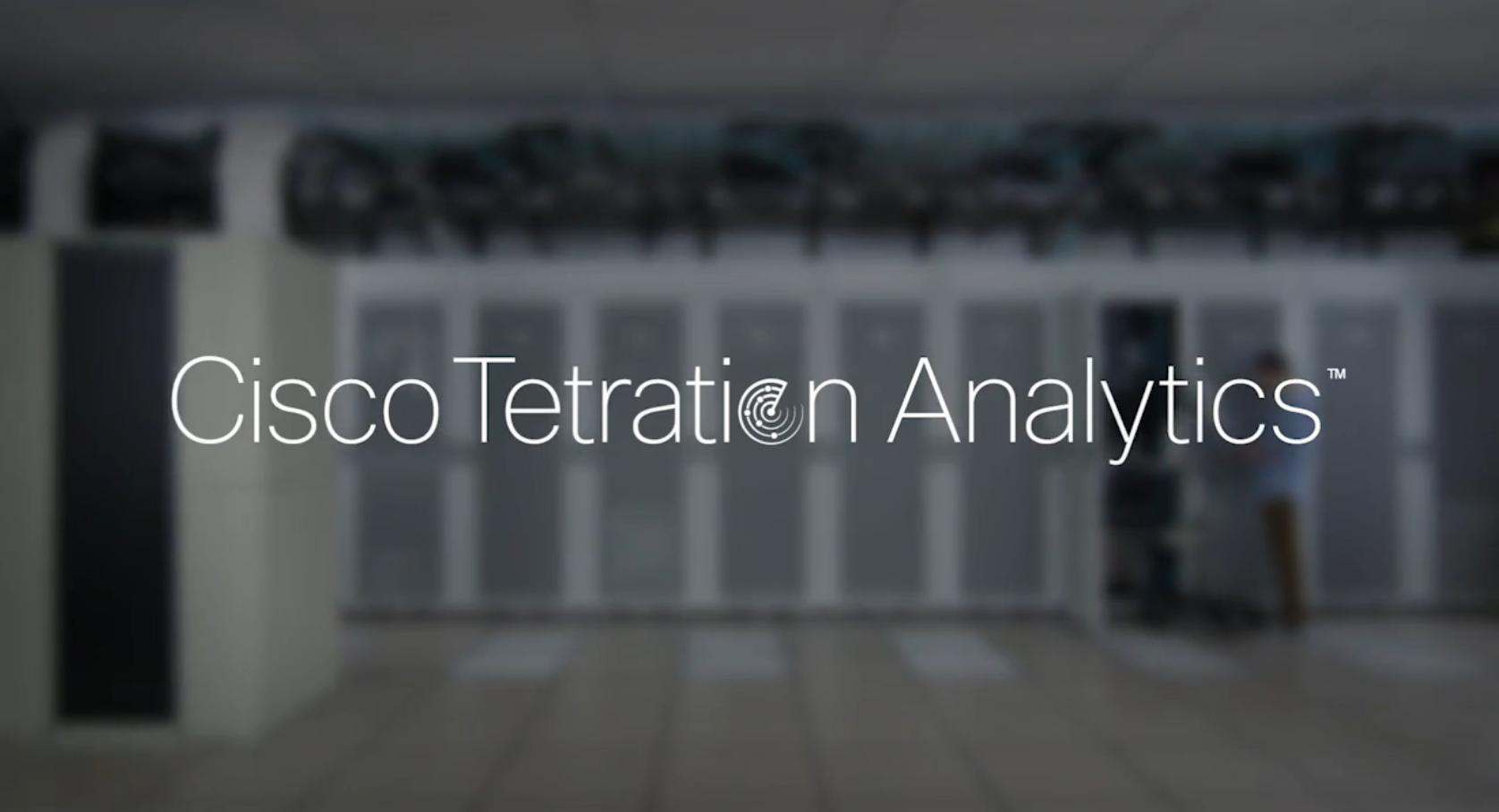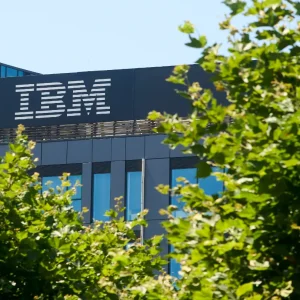
Cisco believes several organisations still do not know what is happening in their data centres and the company now wants to keep an eye in every part of the data centre in a visibility boost.
To do this, the company’s CEO Chuck Robbins has unveiled the Tetration Analytics platform, which he claims is the most complete data centre monitoring platform ever released.
Tetration has been built to gather telemetry from hardware and software sensors, and then analyse the information using machine learning techniques.
The platform can collect up to one million events per second, and stores data up to a year. This allows operators to look into the whole ecosystem – past and present -, including packets, flows and speed.
Robbins said: "We have also built in what amounts to a ‘time machine for the data centre’ that gathers and stores historical data and simulates what might happen.
"With this ‘rewind’ capability, our customers can review the past and replay events in real time, plan for the future, and even freeze time and examine exactly what happened at a specific second."
Robbins also said that no other company, "from global giants to inspired start-ups", have yet managed to launch such a platform that is "comprehensive, easy-to-use or scalable to the dimensions required by the modern data centre".
Tetration has been created to let organisations understand what applications are dependent on each other throughout their data centre and into the cloud.
The company claims that Tetration delivers 200 times faster application behaviour insight and helps to increase operational efficiency by 70%.
In addition, Cisco believes that those using the platform will be able to make more informed operational decisions and validate the effect of policy changes before they are implemented.
Billions of flows are searchable in less than a second using Tetration’s forensics search engine and user interface.
The software sensors are installed on end hosts, either a virtual machine or bare metal servers.
In the first Tetration release set for July 2016, software sensors will support Linux and Windows server hosts, while hardware sensors are embedded in the ASICs of Cisco Nexus 9200-X and Nexus 9300-EX network switches to collect flow data at line rate from all the ports.
Elsewhere, the system continuously monitors application behaviour to identify any deviation in communication patterns
Tjerk Bijlsma, technology officer for data centres at Cisco EMEAR, said that Tetration has been developed to be open to everyone.
He said: "We want this to work on anybody’s data centre infrastructure. On anybody’s workload running on any vendors’ servers, attached to any vendors’ network.
"We want to give visibility to anybody, and to us that is a major plus, if we can have a platform that becomes the de facto standard for visibility in the data centre."
Secure like a submarine
In terms of security, the platform has been built like a ‘submarine’, and it reacts to strange events by shutting down separate sections.
Speaking to CBR, Bijlsma said: "This platform ships as an appliance, and since it is going to be the place that stores all communication flows from all over the data centre, a tremendous amount of focus has been given on hardening the platform. It only has two Ethernet cables.
"Internally, we are calling it a ‘submarine styled architecture’, where you have water type doors and you are able to close-off compartments."
He said that the individual components inside the analytics engine are not only monitoring the customers’ endpoints; the system itself is monitoring itself using the same sensors.
When Tetration detects some sort of breach internally, the system shuts its "water-type doors", shutting itself down, or at least the impacted section.
"There is no way to get the wrong data that is stored on the disk unless you are going through the proper analytics search engines.
"[When the system shuts] the ability to collect and analyse will stop until the system goes online again. All communication inside the data centre will continue.
"There is zero impact on the business if the system goes offline."
In the process of building Tetration’s security, Bijlsma said that Cisco spent a long time trying to hack it.
He said: "Cisco hired these groups that do penetration testing, and we run through the full penetration testing process."






